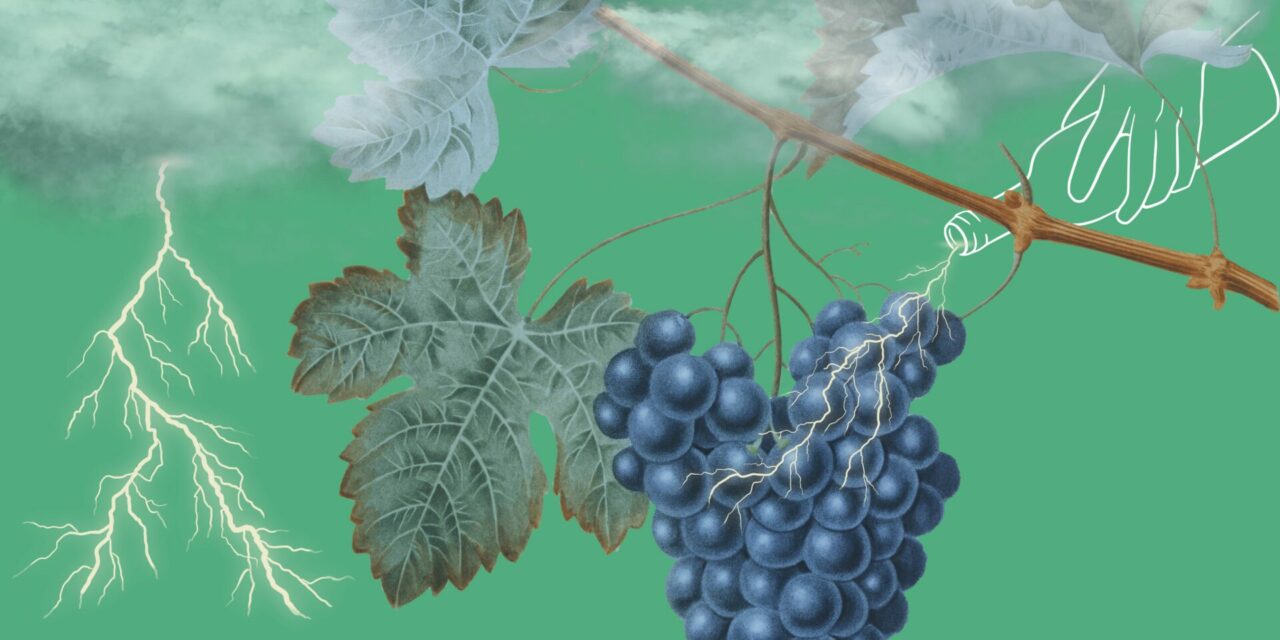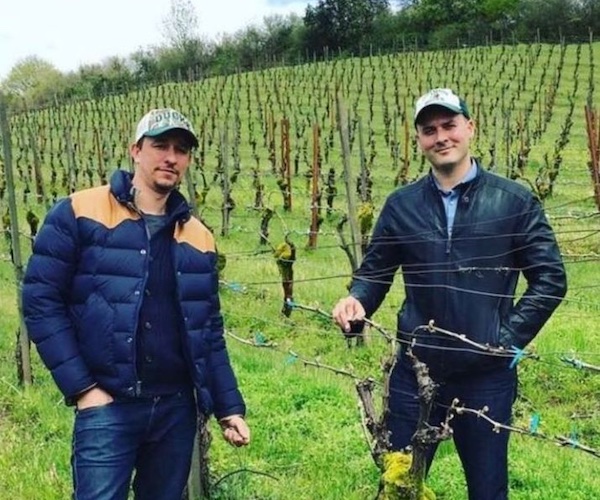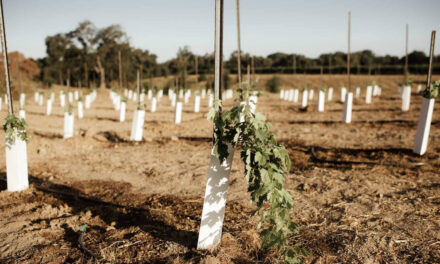If you’ve been in North America (most recently, the Eastern side), you’ve no doubt been privy to some unnerving weather reports. The planet is changing, and, like a canary in a coal mine, much of our plant life is reacting. One of the most beloved and prominent plants that has weathered this adaptation is the wine grape.
Grapes are renowned for taking on the characteristics of their soil and surrounding area. This is why climate is one of the main components of tasting and understanding wine. We often discuss terroir, minerality, and salinity, all idiosyncrasies that are unique to tasting wines and where they are from. Hot and cool climates give distinctive qualities, including ripeness of flavours in warmer territories and brighter, more acidic qualities in cooler places.
To affect our planet’s climate, is to affect the wine world as we know it. Winemakers are aware and many are now seeking to adapt. Predating our climate fears, there are a particular set of vines that are making a valuable comeback (and in some areas, never left): hybrids.
Hybrid grapes are the product of cross-breeding the European standard vine Vitis vinifera (hello, Merlot, Chardonnay, Pinot Noir, Cabernet Sauvignon…) with American vines such as Vitis riparia or Vitis labrusca. The original blueprint was designed to create disease-resistant vines in the face of a mass phylloxera epidemic in the late 19th and early 20th centuries. It just so happens that these vines are also more tolerant of colder temperatures, pests, and fungi such as mildew. It sounds like a dream, right? How could European and traditional winegrowers pass up these resistant sweethearts?
It’s simple: they taste weird.
We’ve grown comfortable with a certain structure in our wines. Balancing acids, tannin, and certain predictable flavour profiles has been the backbone of the modern Eurocentric wine industry. Canada prides itself on having French and German-like soils or climates, and we parade around with Chardonnay, Riesling, and Pinot Noir. But what if we grew wines that were quite literally meant for our terroir and climate? What if we stopped trying to be another place?
Less than 5% of vineyards globally are dedicated to hybrid grapes, so why not be the foundation of a new frontier in winemaking where instead of negotiating with the climate, we embrace it? Quebec and Nova Scotia have already paved the way with several stellar wines and wineries that showcase hybrid grapes, including Pinard et Filles, Domaine des Feux Follets, and Benjamin Bridge.
Lest we forget, Vidal and Baco Noir, popular grape varieties in Ontario, are also hybrids! While Canada and parts of the United States (Wisconsin, Vermont, New York, et al.) are experimenting happily with the new hybrid territory, Europe is divisive.
Very recently, Bordeaux had to make the clutch decision, in light of climate change, to include a small variety of hybrid grapes in their region. For those of you who imbibe in wine politics: this is a HUGE comment on the state of wine and climate. Bordeaux is notoriously dramatic about absolutely every aspect of their wine region, and rightfully so. They are (arguably second only to champagne, sorry?) the most renowned and influential wine region in the world. They are also French, which means they are fussy and extremely serious about their wine laws.
Bordeaux is expected to allow hardy reds such as Arinarnoa, Castets, Marselan, and Touriga Nacional, and whites such as Alvarinho and Liliorila. For Bordeaux to ‘crack’ and invite these grape varieties after over a century of championing a very specific blend of classic Vitis vinifera means, we are indeed, in a bit of hot water.
Perhaps it’s not all doom and gloom. Allowing new, often indigenous, hybrid grape varieties into the current wine climate challenges winemakers to make something truly unique. It expands the palette upon which modern winemaking has been built, and frankly, I’m here for it.
I think our palates as somms and winemakers need to evolve and grow alongside the wine industry. Get excited about hybrid grape varieties because they aren’t going anywhere and are arguably the driving force of winemaking in the wake of a climate crisis.
In Part Two, I will dissect what this could mean for the arguably ‘postmodern’ wine professional, explore the current popular varieties, and discuss the impact of climate and hybrid wines in the Canadian market.
Here are sources used for this article that you may explore if you’d like a more in-depth view of hybrids:
Province approves new hybrid grapes for VQA
Climate change bringing in hybrid and GMO grape varietals
Wine enthusiast beginner guide to hybrid grapes
Wines of canada hybrid grape guide
Bordeaux prepares for hybrid grapes
French wine growers experimenting with hybrids in the face of climate change
Are Hybrid Grapes the Future of Wine?






